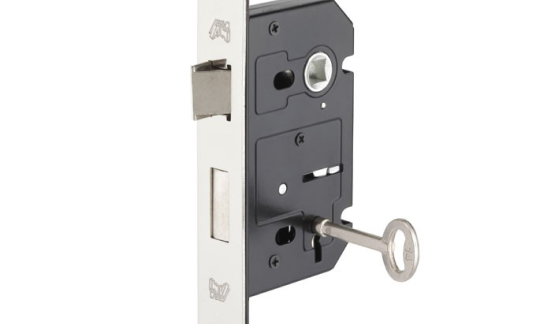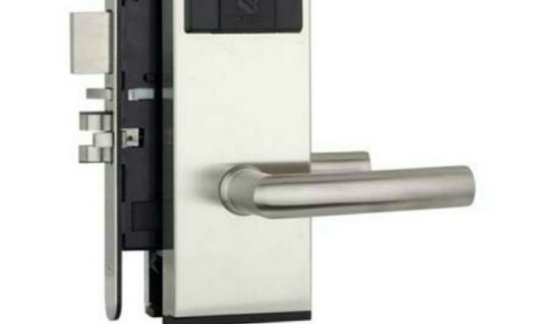A door lock is an important invention. It first appeared thousands of years ago, and changed throughout history. Through the years we see sets of new functions, new improvements followed by new functions and new improvements, etc. and throughout these cycles there is never a new alternative that actually arises. Traditional locks were just that, traditional. They didn't change drastically - not until today. Today's locks are fundamentally different. Why? You ask. Well, let's start with the basic reason. Physical keys. The most modern locks do not use physical keys anymore. They are essentially keyless. The most simple keyless lock opens by pressing buttons with numbers or you can have a lock where you just insert a card and whalla it's open. No key needed at least not the ones we grew up with. Sure Lock & Key still sells and services the most basic locks and keys as well as the most high tech, leading edge, facial recognition locks. We’ve been in the industry for over 35 years and we will attempt to answer correctly any questions that are posed to us, regarding all Locksmithing and Security matters.
THE LATCH


Need more information?
Call us to get a free quote
The Cylinder
The Strike Plate
Conclusion




